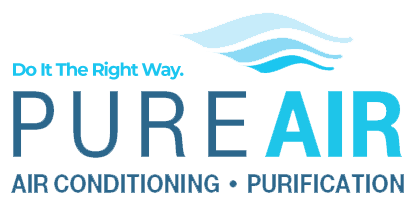This past spring, the American Public Gas Association (APGA) and the United States Department of Energy (DOE) came to a settlement agreement governing how Federal Regional Efficiency Standards are implemented. The purpose of implementing these new Regional Efficiency Standards is to produce more efficient HVAC systems that make the United States less reliant on non-renewable energy sources like fossil fuels.
The new standards will go into effect on January 1, 2015 and will cover split system and packaged heat pumps. The new standards can be complicated since they affect everyone involved in the process from manufacturers to distributors to contractors. To complicate things further, the standards vary according to region and type of equipment.
With the new year rapidly approaching, it is important to know that you are prepared for the changes that are about to take place. The following is a condensed interpretation of the 2015 Regional Efficiency Standards as explained in DOE documentation.
Overview
In April of 2014, upcoming changes in HVAC efficiency standards for commercial and residential equipment were confirmed by the DOE. At issue is the fact that, according to a recent survey conducted by Emerson Climate Technologies, nearly three quarters of U.S. contractors were unaware of the changes and stated that they did not know how to best prepare their teams or anticipate inventory needs to satisfy demand or the new regulations. Here are the key points that contractors should know:
A new set of Seasonal Energy Efficiency Ratio (or SEER) standards will go into effect for all AC units and heat pumps installed either on or after 1 January, 2015 but standards will vary according to region. Current SEER Standard for air conditioning units, 13 SEER, will migrate to 14 SEER in most places, but 13 will still be acceptable in Northern areas.
The biggest change involves new regulations governing split-system heat pumps. All regions will migrate to 14 SEER and 8.2 HSPF (Heating Seasonal Performance Factor).
The changes will also affect the FTC hang tag to reflect new labeling for split-system heat pumps and air conditioners. The new labels will list range of lowest to highest SEER ratings for all the coil combinations certified for the condenser. What this means is that every component part of the system, both internal and external, will need to have a compliant aggregate SEER.
New Standards By Region: Getting Prepared
Being educated about the upcoming changes is vital since enforcement of these standards will begin on the first of the new year. Contractors and remodelers will need to verify that the equipment used for new installations meets or exceeds minimum standards and complies with the new regulations while still meeting the customer’s needs.
The vast majority of manufacturers in the United States already produce heat pump systems manufactured to 14 SEER standards and many are already upping production of 14 SEER compliant products in anticipation of the inevitable spike in demand that is quickly approaching. An 18-month grace period is being afforded so that distributors can liquidate remaining inventories of non-compliant equipment.



